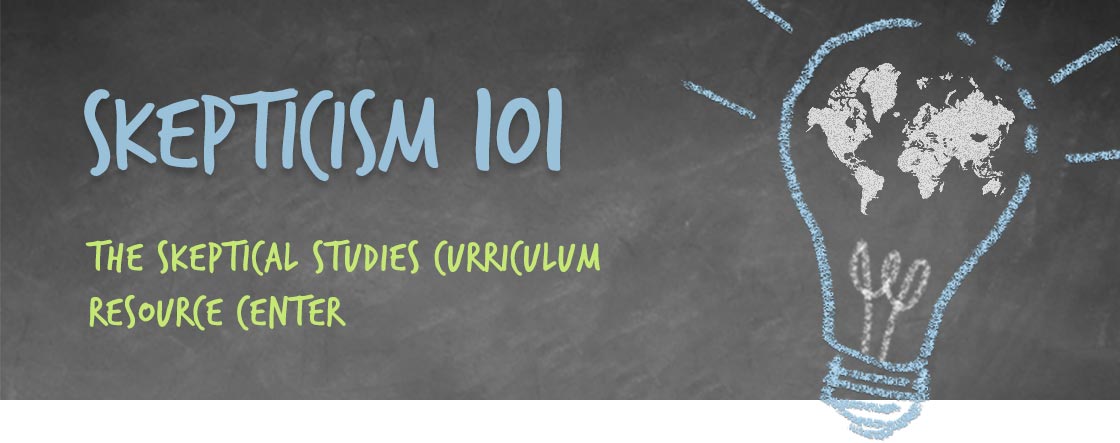You Are Browsing Resources on:
coincidences/synchronicity/numerology
Dr. Michael Shermer examines the claims about the Bermuda Triangle using the tools of skepticism, science, and rationality to reveal that there is no mystery to explain. Selective reporting, false reporting, quote mining, anecdote chasing, and mystery mongering all conjoin to create what appears to be an unsolved mystery about the disappearance of planes and ships in this triangular shape region of the ocean. But when you examine each particular case, as did the U.S. Navy, Coast Guard, and especially insurance companies who have to pay out for such losses, it becomes clear that almost all have natural explanations, and the remaining unsolved ones are lying on the bottom of the ocean beyond our knowledge.
Skepticism 101: How to Think Like a Scientist covers a wide range of topics, from critical thinking, reasoning, rationality, cognitive biases and how thinking goes wrong, and the scientific methods, to actual claims and whether or not there is any truth to them, e.g., ESP, ETIs, UFOs, astrology, channelling, psychics, creationism, Holocaust denial, and especially conspiracy theories and how to think about them.
If you missed Dr. Shermer’s previous Skepticism 101 lectures watch them now.
Myths. Conspiracy Theories. Illusory Correlation. Do these things have an evolutionary basis in common? What type of thinking enables conspiracy theorists to correlate ideas that in truth have nothing to do with each other? In his book, The Believing Brain, Michael Shermer refers to these types of thinking as patternicity — finding meaningful patterns in meaningless noise.
In this video project by Christopher Griffin, a senior Graphic Design student at the California College of the Arts (San Francisco), these pattern-seeking ideas are visually illustrated, as if diving head-first into the mind of a true believer.
This project was designed in Adobe After Effects and Maxon Cinema 4D, with assets built in Adobe Illustrator.
This PowerPoint is part of a course titled, “Perspectives on Atheism“.
This presentation demonstrates the pervasiveness of the apocalyptic worldview in contemporary popular narratives and political discourse. The psychological underpinnings of apocalyptic thinking are examined drawing on the work of literary theorist Kenneth Burke. The presentation ends by examining the political implications of adopting an apocalyptic worldview.
DOWNLOAD THIS RESOURCE
(145 MB Powerpoint Presentation)
This course was taught at Southern Methodist University.
Excerpt from Syllabus
This course will provide students with an understanding of the scientific method sufficient to detect pseudoscience in its many guises: paranormal phenomena, free-energy devices, alternative medicine, intelligent design creationism, and many others. Students will learn to think critically and to question outlandish claims, hype, and outright BS. Students’ writing will improve and they will be able to distinguish credible sources of information from nonsense; students will become intelligent consumers of information. Students should expect to do a lot of reading, writing, and, most of all, thinking.
DOWNLOAD THIS RESOURCE
(377 kb PDF)









